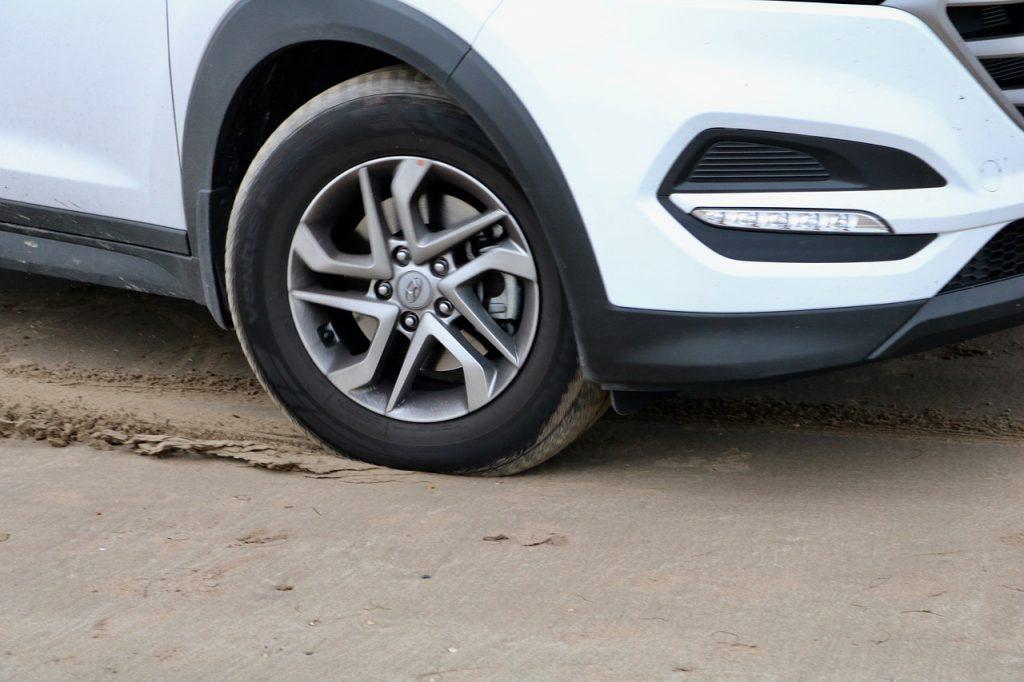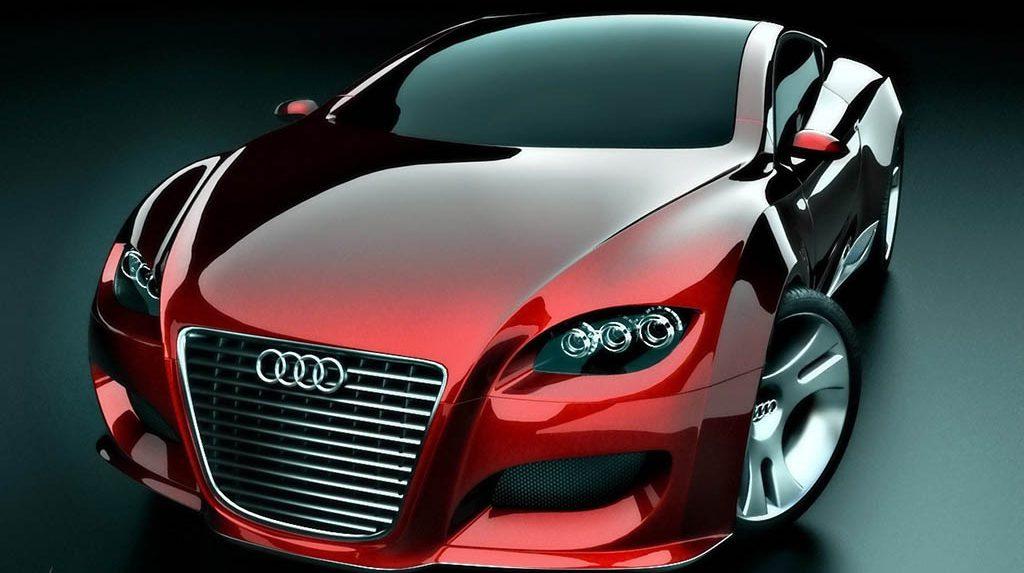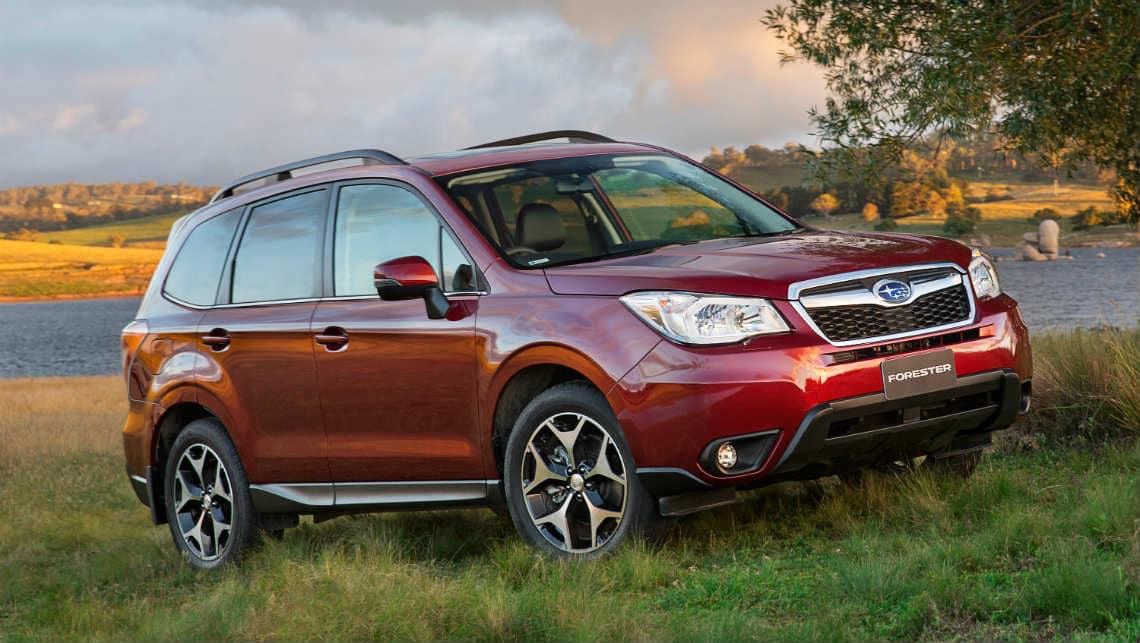Front Wheel Drive: The Basics To Know
When it comes to the types of wheel drive, three types are common in use as the Front wheel, Rear wheel, and all wheels. Today we are going to discuss the front wheel drive as it is the most common one people prefer these days. Let’s know about it so you can decide if it is the one you want to go with.
About Front Wheel Drive
The front wheel drive as its name, the engine sends the power to the front wheels, and the torque happens there whereas the rear wheels stay there to support the action. As the engine is installed in the front section, the weight provides the vehicle better traction.
As a result, when you drive the car with a front wheel drive system in the snow or rain, you face fewer chances of slippage. The FWD vehicles work on a pulling mechanism rather than the being pushed. This is the reason why an FWD car handles better on a slippery surface because the engine pulls the car and the rear wheels follow the command.
FWD vehicles are often simple to design and install. Every unit such as the engine, gearbox, steering, are all kept together, and that means less time need and also less work. It makes it a low-cost solution that becomes affordable.
It also provides better fuel affiance with an FWD vehicle as the weight of the overall vehicle remains less than what you get in the rear wheel drive.
The Downside Of An FWD Vehicle

SEE MORE:
- Read out why back wheels are concave and front wheels convex
- Are front brakes heavier than rear ones?
Nothing is an exception to the disadvantages and FWD follows that too. While giving you excellent traction, better fuel efficiency, and low-cost car, an FWD does not operate very well for faster speed. The reason is the braking system that is not as good as an RWD vehicle.
As the entire weight stays on the front when you press the brake suddenly, the possibility of spinning increases as the rear side experiences less weight when you brake.
The FWD vehicles do not perform well on making sharp moves as the radius stays relatively more than RWD vehicles. So in case you are driving at high speed and want to make a move, it is better to think to move your car from a distance rather than making an instant steer. More tips here Maintenance Tips
The possibility of wearing out the front tires also remains higher than RWD as the entire weight stays on the front side.
When you turn an FWD car for a high torque, it often uses one front tire only, and this creates unevenness for the driver, and may disturb the driving experience a bit. However, the issue is eliminated in many new models, but still, it is a problem with FWD cars.

>> We have used Japanese cars for sale that are FWD and perform well. Click here!!! <<
Conclusion
To determine whether you should go with the FWD, RWD or all wheels drive, decide the driving needs first. One mechanism acts best for an off-road area that is RWD and an all wheels drive; another one suits the nicely paved city roads that is FWD. For those who want to drive a car on smooth roads within a budget should go for the front wheel drive mechanism.














